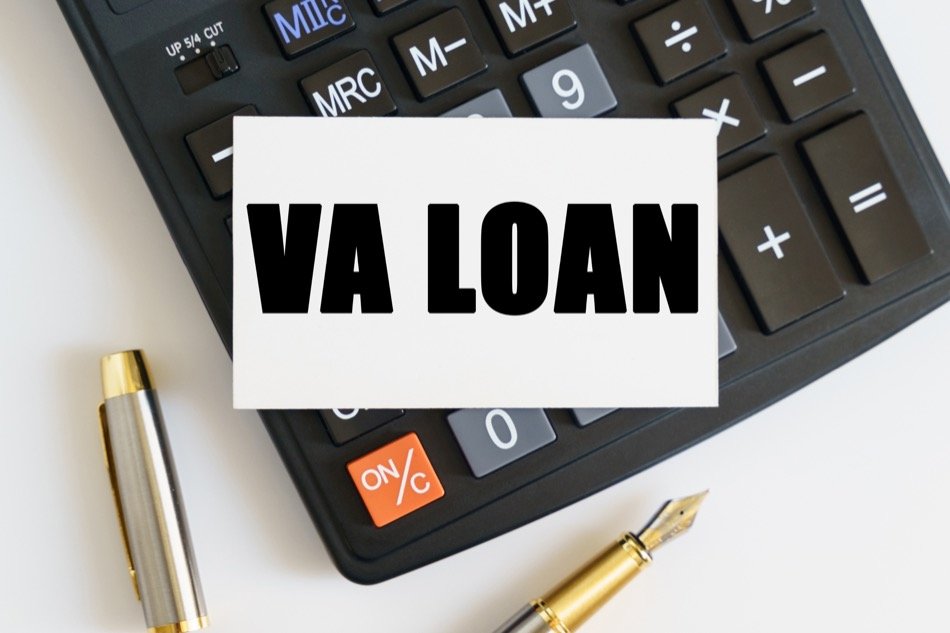A Breakdown of the VA Loan Occupancy Requirements
Posted by Lauren Schneider on Tuesday, January 26th, 2021 at 8:19am.
 Government-backed loans through the Office of Veterans Affairs are commonly known as VA loans and are only available to veterans, active service members, and certain members of their families. VA loans offer zero or low down payments and great interest rates.
Government-backed loans through the Office of Veterans Affairs are commonly known as VA loans and are only available to veterans, active service members, and certain members of their families. VA loans offer zero or low down payments and great interest rates.
However, under VA loans for homes, there are occupancy requirements that must be met. That being said, there are also some exemptions. The following information details these requirements and exemptions for those considering undertaking this type of mortgage.
For informational purposes only. Always consult with a licensed mortgage or home loan professional before proceeding with any real estate transaction.
The Time Constraints and Purpose of VA Loan Occupancy Stipulations
The purpose of the VA loan program developing occupancy requirements is to make sure that the home purchase is utilized for its intended purpose: as a primary residence. In other words, the borrower cannot rent out the home, use it as a secondary home, or solely as an investment property.
The standard term for buyers to begin occupying a home bought under a VA loan is within 60 days of the closing date. Some buyers might have circumstances in which two months isn't quite enough time—particularly those on active duty. With that in mind, in certain situations, the VA may authorize occupancy delays for up to one year.
Exclusions to VA Loan Occupancy Requirements
The lifestyle of active military members in particular can be somewhat unpredictable, so the VA offers some exclusions that permit moving in beyond the routine 60 days. The time constraints can be extended up to one year if one of the following special circumstances apply.
Upgrades or Repairs to the Property Are Needed
If the home purchased is a fixer-upper and doesn't meet the minimum property standards and requires repairs to do so, military members must work with lenders to ensure the move-in date is after such project's completion. Borrowers must receive authorization from the VA after declaring their intent to occupy the home at a date later than 60 days.
Intermittent Home Occupancy
Active duty members who are deployed overseas or out of state will obviously not be able to occupy the home full time. The VA permits irregular occupancy as long as the borrower doesn't have a home established elsewhere, isn't renting or using the dwelling as a second home, and the borrower maintains the address as their primary residence. A spouse may also be qualified to meet occupancy requirements.
Retiring Soon?
Those who plan to retire within a year after putting in a VA loan application will likely be able to negotiate terms with their lender for a later move-in date. VA lenders will want to consider whether an applicant's retirement income will be ample to pay the mortgage. To qualify, a letter of intent to retire must be provided to the lender.
Extraordinary Circumstances for Occupancy Requirements
The VA understands that not everyone will have the same situation in the often unpredictable military lifestyle. If none of the aforementioned circumstances meet a buyer's particular needs, working with an officer at the VA can be useful in negotiating special terms for occupancy requirements.
Spousal Occupancy for VA Loans
In situations where an active duty member is deployed and cannot be a full-time occupant within a specific timeframe, the VA permits a legal spouse to fulfill the requirements for occupancy. This agreement can also be enacted should a veteran have non-military work too far from their primary residence.
There may be times when an active member is deployed overseas for an extended period and takes their family along, leaving the home vacant. In this situation, owners can provide a statement of valid intent to re-occupy or occupy the home once the deployment has ceased. The home cannot be rented out to supplement income under these agreements.
VA Streamlining: The Path to Renter Occupancy
When an active duty member purchases a dwelling, is transferred far away, and anticipates a long-term deployment, the VA streamline refinancing program is the only way the home can be renter occupied. However, the borrower will need to certify that they did indeed previously occupy the home and arrange for refinancing the mortgage.
Required Time of Occupancy With VA Loans
There really is no set rule about the time borrowers must occupy the home, but typically, the paperwork lists at least 12 months. However, should unusual circumstances arise, VA lenders are generally reasonable about working with veterans and active duty members.
Looking to Buy a Home With a VA Loan?
Don't go into homeownership alone. Contact a local real estate professional who can not only help guide you through the process of applying for a VA loan, but who can help you find the perfect place to call home.
For informational purposes only. Always consult with a licensed mortgage or home loan professional before proceeding with any real estate transaction.
